Fast food chains might seem like a convenient, cost-effective option, but they have plenty of tricks to inflate your bill. Here are 18 sneaky ways they’re upcharging you.
1. Premium Menu Items

McDonald’s Signature Crafted Recipes and Burger King’s Gourmet Burgers come with a heftier price tag. These premium items are marketed as high-quality, but they’re often just dressed-up versions of regular items.
2. Upselling Combos
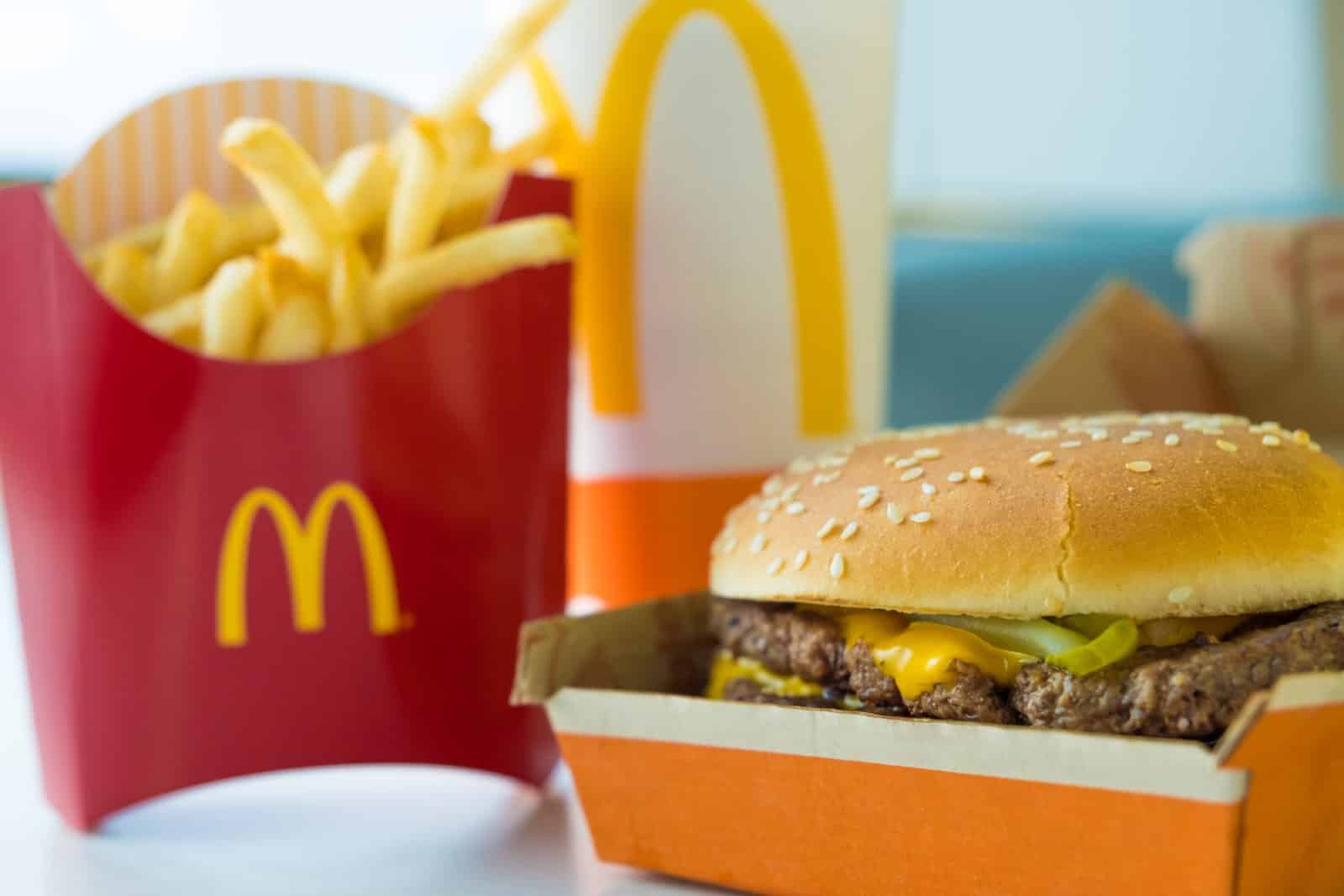
You go in for a burger, and before you know it, you’ve agreed to a combo meal. Those fries and drink might seem like a deal, but they add unnecessary cost.
3. Size Upgrades
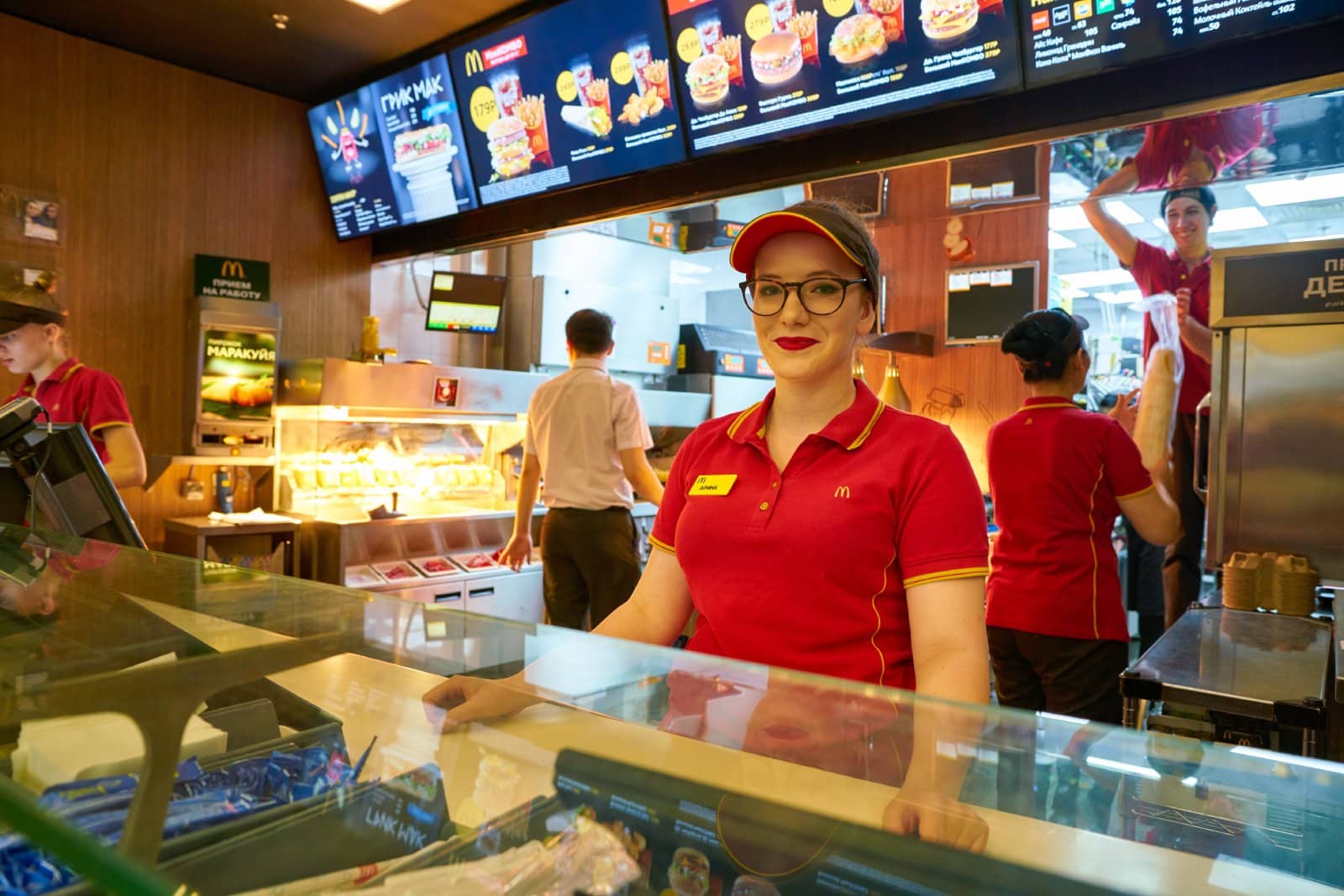
Fast food workers are trained to upsell by asking if you want to “make it a large.” Those few extra cents for more fries and a bigger drink add up, costing you more and impacting your health.
4. Adding Bacon or Cheese

Places like Wendy’s and Five Guys love to offer add-ons like bacon or extra cheese for an additional fee. These extras can add $1 or more per item, quickly increasing your total.
5. Healthier Options

Salads and wraps at places like Subway or Panera Bread are often priced higher than standard sandwiches or burgers. A simple Caesar salad can cost as much as a premium sandwich.
6. Specialty Beverages

Those frappes, smoothies, and fancy coffees at Starbucks and Dunkin’ Donuts can cost upwards of $5 each. Stick to basic coffee or water to avoid these pricey drinks.
7. Limited-Time Offers
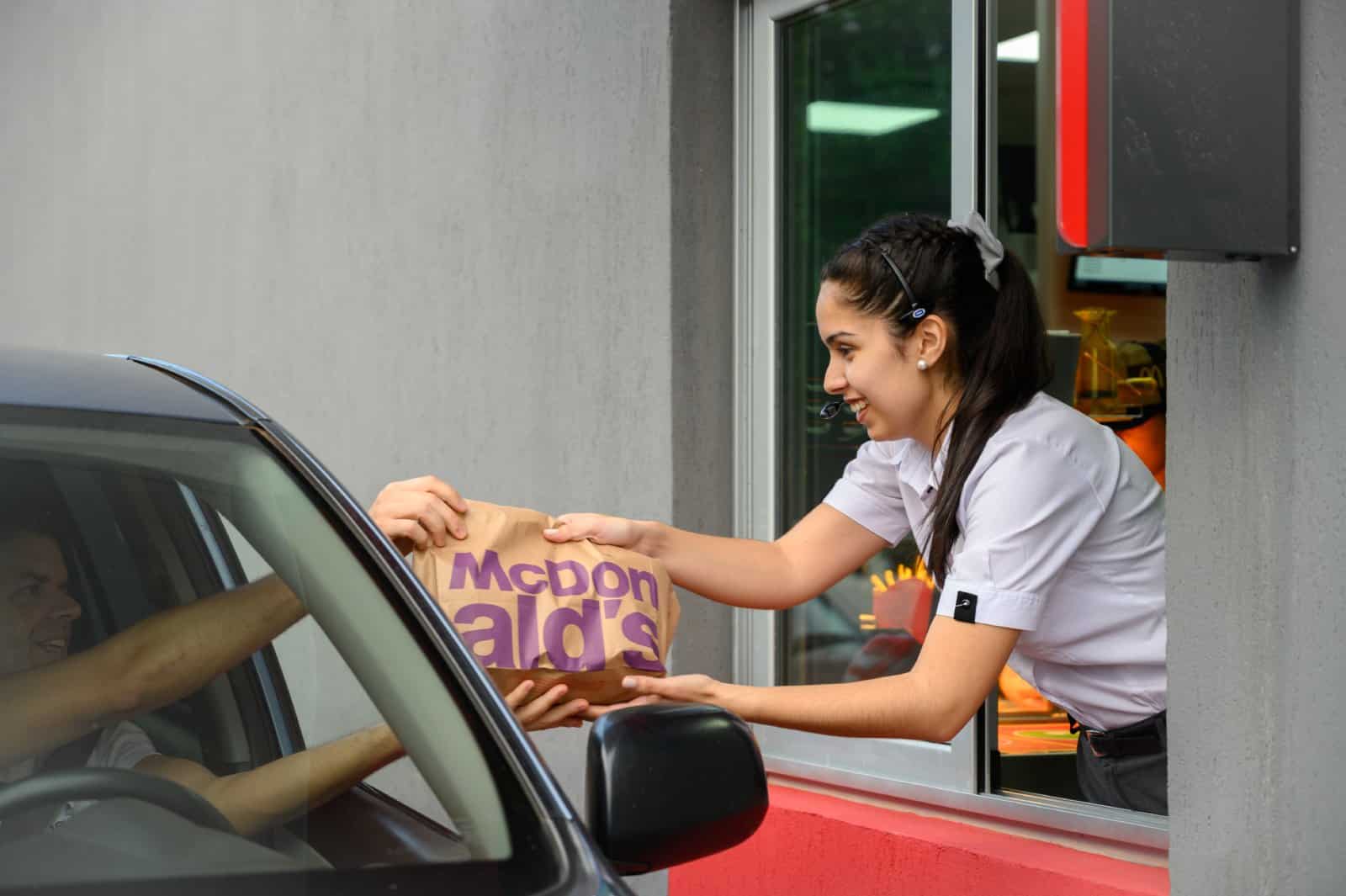
McDonald’s McRib and Taco Bell’s limited-time offerings create a sense of urgency, making you feel like you have to try them now. These items are often more expensive than regular menu items.
8. Allergy-Friendly Options

Gluten-free buns or dairy-free cheese at places like Chipotle or In-N-Out Burger come with additional charges. These necessary options for some can add significant cost to your meal.
9. Vegan or Vegetarian Meals

While it’s great that more chains like Burger King with their Impossible Whopper are offering plant-based options, these items are usually priced higher than their meat counterparts.
10. Meal Deals

Those value meals aren’t always a value. They include items you might not need, like a large soda, which bumps up the cost. Pay attention to what you’re really getting for the price.
11. Surcharges for Delivery

Ordering through apps like UberEats or DoorDash from chains like KFC or Pizza Hut includes delivery fees, service fees, and sometimes higher menu prices. These hidden costs can turn a cheap meal into an expensive one.
12. Extra Sauce
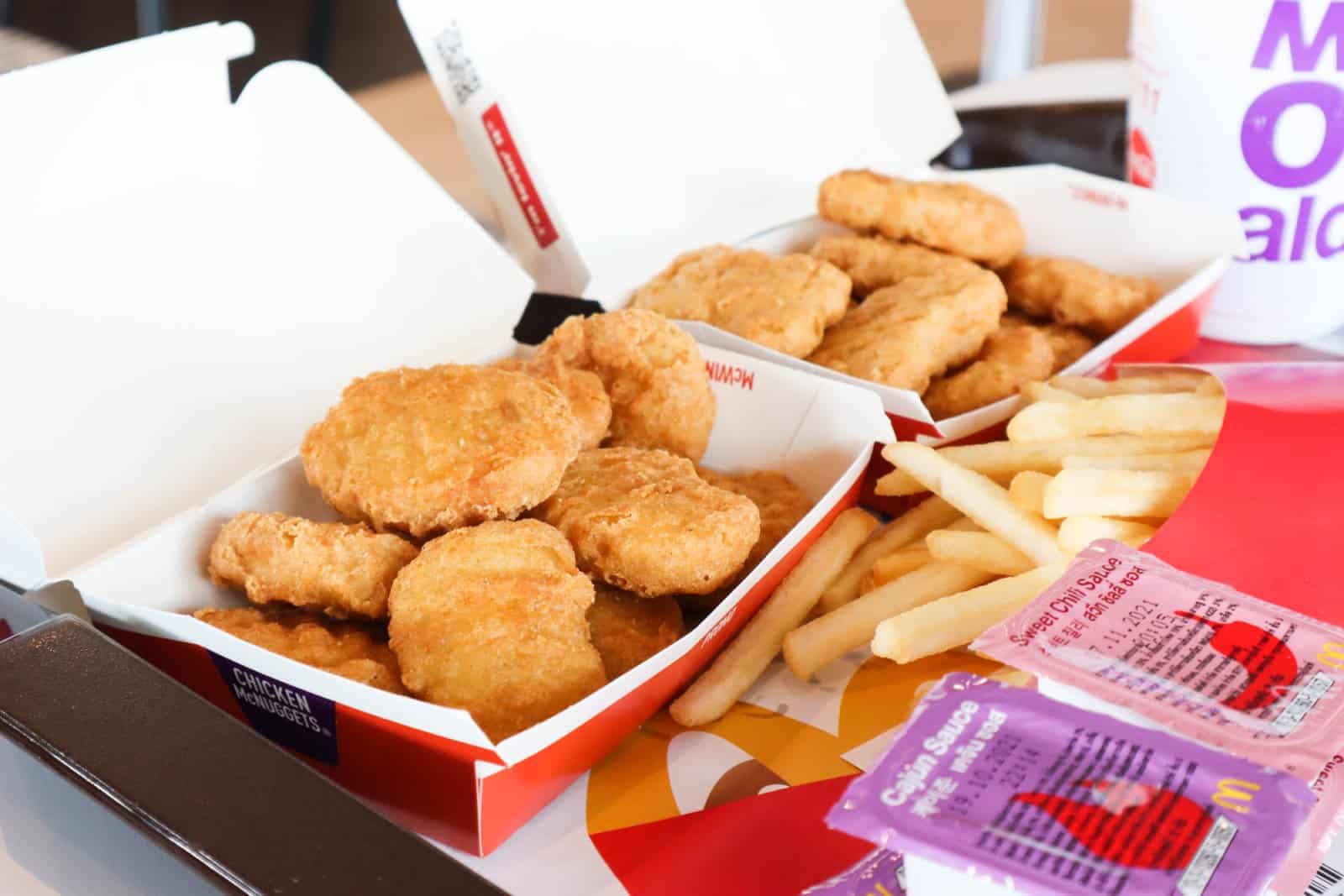
Craving extra dipping sauce at Chick-fil-A or McDonald’s? It’s going to cost you. These small charges add up, especially if you like your sauces.
13. Seasonal Items

Starbucks’ Pumpkin Spice Latte and other seasonal treats often come with a higher price tag. These items capitalize on limited availability to charge more.
14. Location-Based Pricing
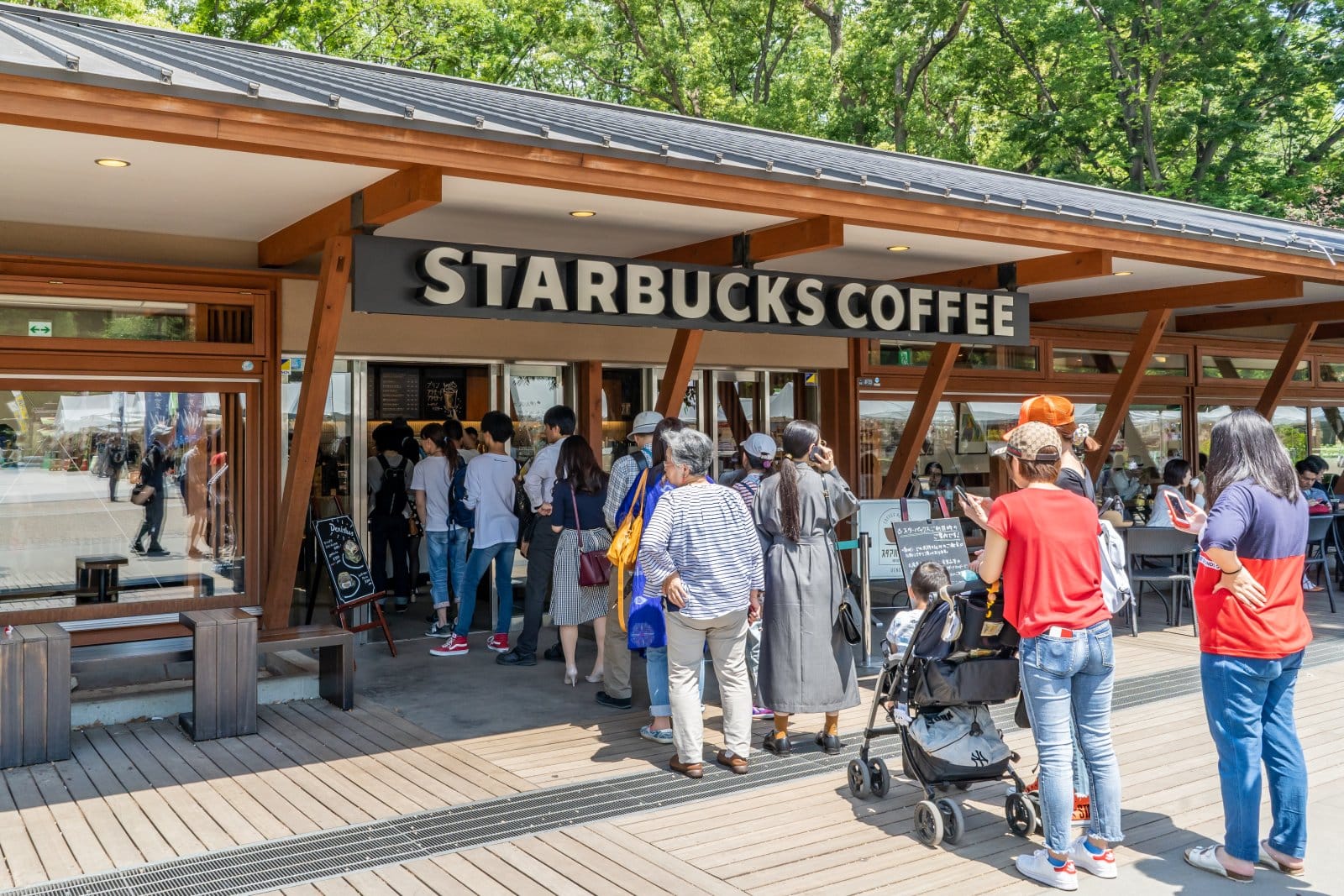
Chains like Starbucks and Chipotle charge more in urban or high-demand areas. A burrito in New York City can cost significantly more than one in a suburban location.
15. Customization Fees

Want to customize your order at places like Subway or Chipotle? Adding extra toppings or making special requests often comes with additional charges.
16. Charging for Water

Some places, like certain airports or theme park locations, might charge you for a cup of water. Always ask for tap water to avoid this sneaky charge.
17. Meal Modifications

Modifying your order to fit dietary restrictions, such as asking for no bun at Five Guys or extra veggies at Subway, can sometimes lead to unexpected extra charges.
18. Loyalty Programs

While loyalty programs at places like Dunkin’ or McDonald’s offer rewards, they also encourage more spending. You might find yourself buying more than you need just to earn points.
Watch Your Wallet

Fast food chains are masters of making you spend more without realizing it. By being aware of these tactics, you can make smarter choices and keep your fast food costs under control. Remember, a little vigilance can save you a lot of money in the long run.
Remote No More: 19 Companies Returning to the Office

As the pandemic wanes, companies are recalling remote workers back to the office, sparking debates on fairness, costs, and convenience. However, there are also notable productivity, coworking, and mental health benefits to consider. Feeling the effects of these changes? Remote No More: 19 Companies Returning to the Office
8 Costco Must Buys and 8 to Leave Behind

Ever wandered Costco’s aisles, questioning if that giant jar of pickles is a real bargain? Or debated buying tires where you get your rotisserie chicken? Welcome to the definitive guide to Costco shopping—a journey to save money, prevent regrets, and offer quirky insights into bulk buying. 8 Costco Must Buys and 8 to Leave Behind
23 Reasons Texas Is the Next Big Thing
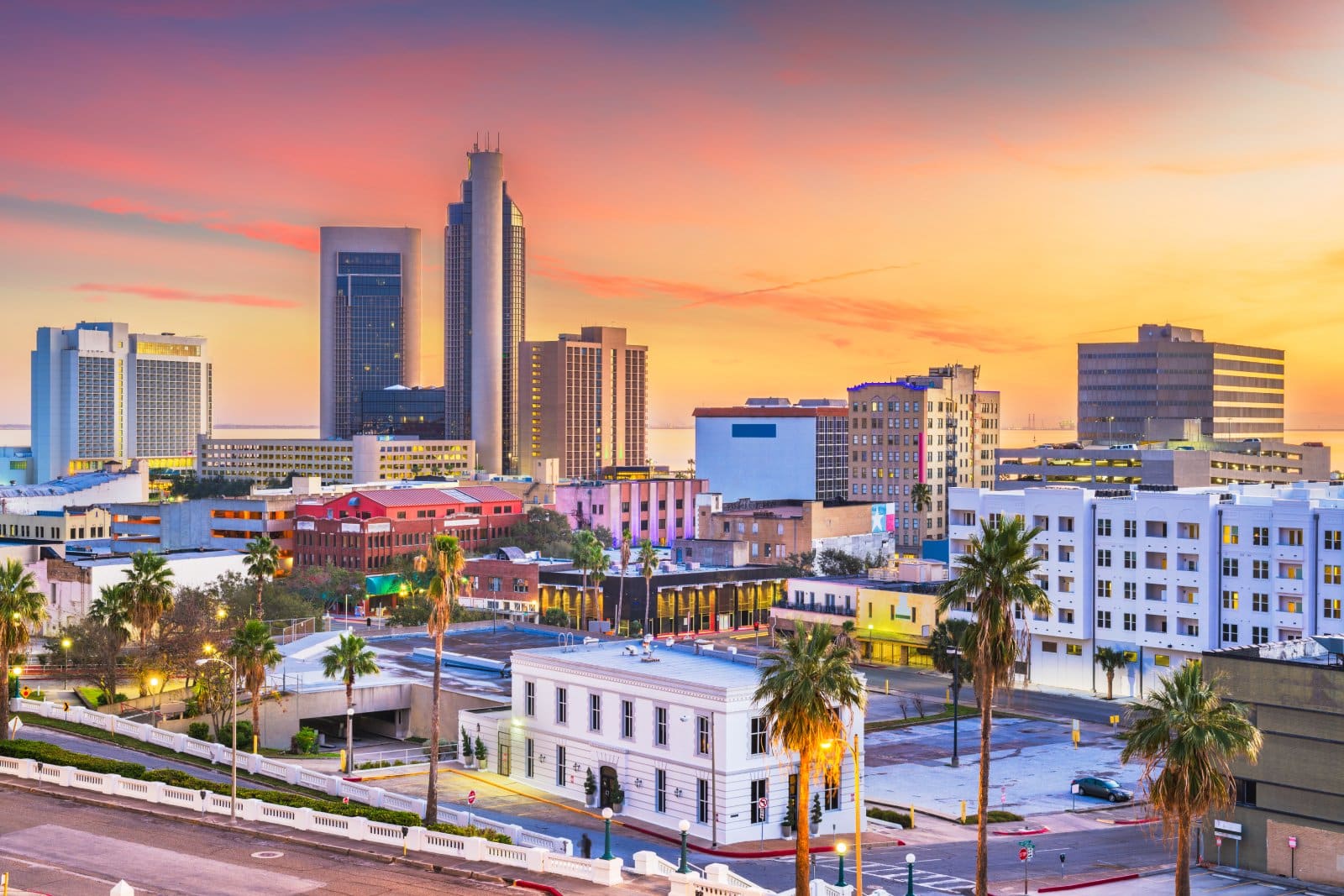
Texas is becoming a beacon of opportunity, blending cultural heritage with economic growth. From its landscapes to its industries, the Lone Star State offers a dynamic lifestyle. Here are 23 reasons why Texas stands out, attracting entrepreneurs, artists, tech professionals, and families seeking new beginnings. 23 Reasons Texas Is the Next Big Thing
15 Top Sites to Sell Your Unwanted Goods Besides Craigslist

Selling your unwanted items can declutter your space and boost your income. While Craigslist is popular, there are many alternatives with unique features and wider audiences. Explore these 15 Craigslist alternatives for selling everything from furniture to electronics, finding the perfect platform to turn clutter into cash. 15 Top Sites to Sell Your Unwanted Goods Besides Craigslist
Work from Anywhere: 19 Companies Still Supporting Remote Work

Tired of commuting and craving work flexibility? You’re not alone. Many companies now offer remote work, benefiting both employees and employers. Ever wondered how this shift could enhance your work-life balance? Work from Anywhere: 19 Companies Still Supporting Remote Work
The post – 18 Ways Fast Food Chains Secretly Upcharge You – first appeared on Liberty & Wealth.
Featured Image Credit: Shutterstock / Nicoleta Ionescu.
The content of this article is for informational purposes only and does not constitute or replace professional financial advice.
For transparency, this content was partly developed with AI assistance and carefully curated by an experienced editor to be informative and ensure accuracy.

